Tired of Ants? Here’s How to Use Plants to Show Them the Door, For Good.
I’ve been a landscape consultant for a long time, and if there’s one thing I know, it’s that few things frustrate a homeowner more than ants. I once had a client whose beautiful stone patio basically turned into a moving carpet of ants every single spring. They’d tried all the harsh chemical sprays, which would work for maybe a day before the little armies marched right back. They were at their wit’s end, a story I’ve heard countless times.
In this article
The gut reaction is always to nuke them from orbit. But honestly, complete eradication is rarely the goal, or even possible. Ants are part of the ecosystem; they aerate soil and clean up messes. The real trick isn’t to wipe them out, but to manage them—to set clear boundaries and guide them away from your house and prized plants. This is the core of Integrated Pest Management (IPM), and one of the best first steps is using plants as your security guards.
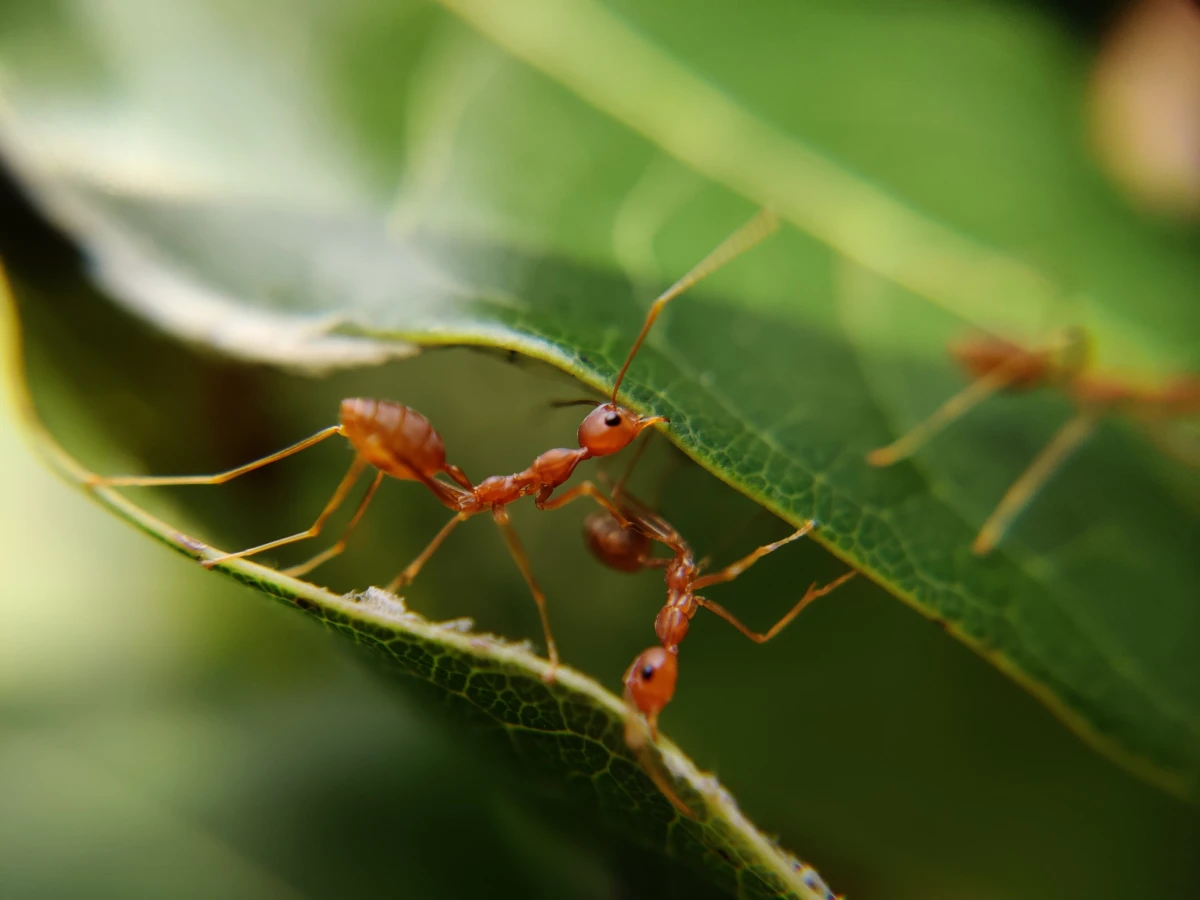
Let’s be real: repellent plants aren’t a magic wand that will make a massive infestation disappear overnight. But they are a crucial piece of a long-term strategy. They create a living, breathing barrier that makes your space way less appealing to ants. So, let’s dive into how the pros select, plant, and use these natural deterrents.
First Things First: Your 10-Minute Fix for Ants Today
Okay, long-term plans are great, but what about the ants you’re seeing right now? If you’ve got a line of them marching across your kitchen counter as we speak, here’s what you can do in the next ten minutes.
Grab a few leaves from a mint plant (if you have one), crush them between your fingers to release the potent oils, and rub them directly on the spots where you see ants entering. It’s a temporary scent-bomb that will confuse them for a day or two. No mint? A simple spray bottle with equal parts white vinegar and water works wonders for wiping down their trails. This erases the chemical road map they leave for their friends.
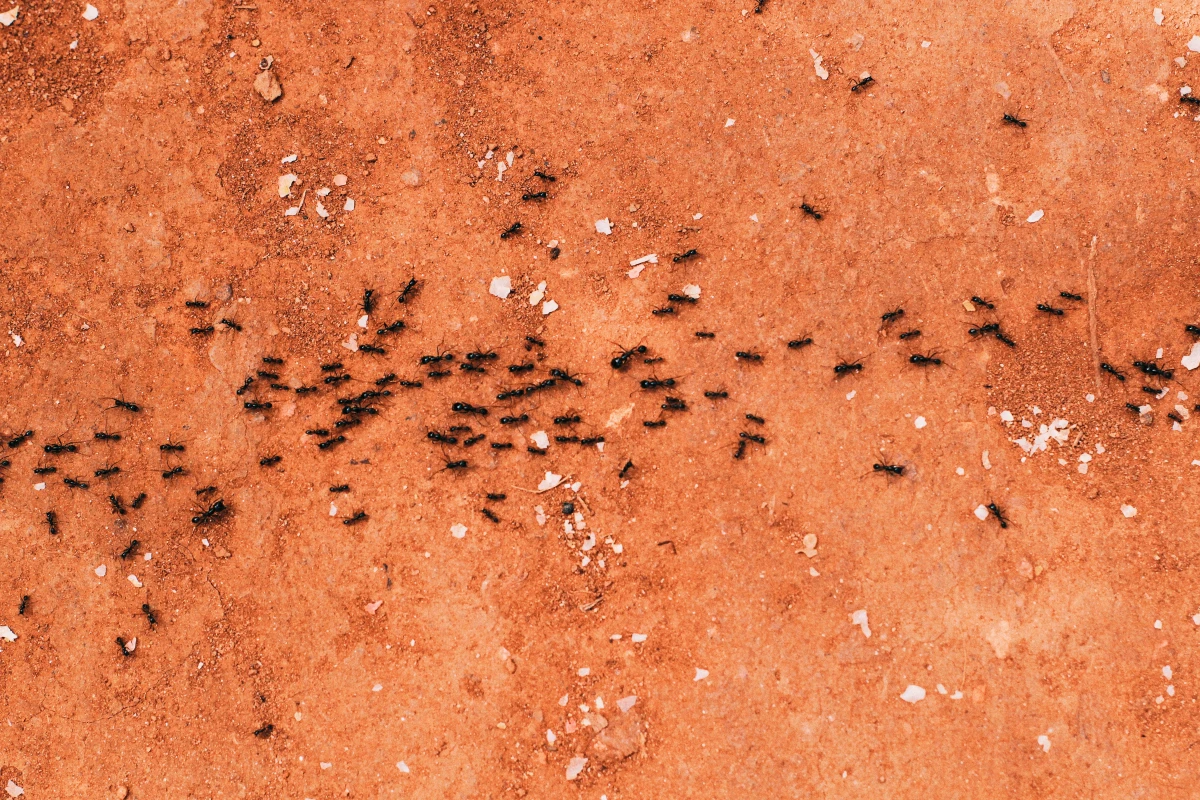
By the way, a lot of people ask, “Can’t I just use peppermint oil?” Yes, you can! A few drops on a cotton ball placed at an entry point can work. The pro is that it’s fast and potent. The con? The oil evaporates quickly, so you’ll have to reapply it constantly, sometimes daily. A living plant, on the other hand, is a slow-release dispenser that works 24/7.
The Science: Why a Good Sniff Sends Ants Running
To outsmart an ant, you have to think like one. Ants navigate the world through smell. When one finds food, it lays down a trail of chemicals called pheromones, creating an invisible highway leading the rest of the colony straight to your picnic. Their whole society runs on these scent signals.
This is where aromatic plants come in. They blast out their own strong scents (technically volatile organic compounds) that create an aromatic fog. The powerful smell of rosemary or lavender completely overwhelms the delicate pheromone trails. It’s like trying to follow a whisper in the middle of a rock concert. The area becomes confusing and irritating, and they’ll often decide to find an easier path.
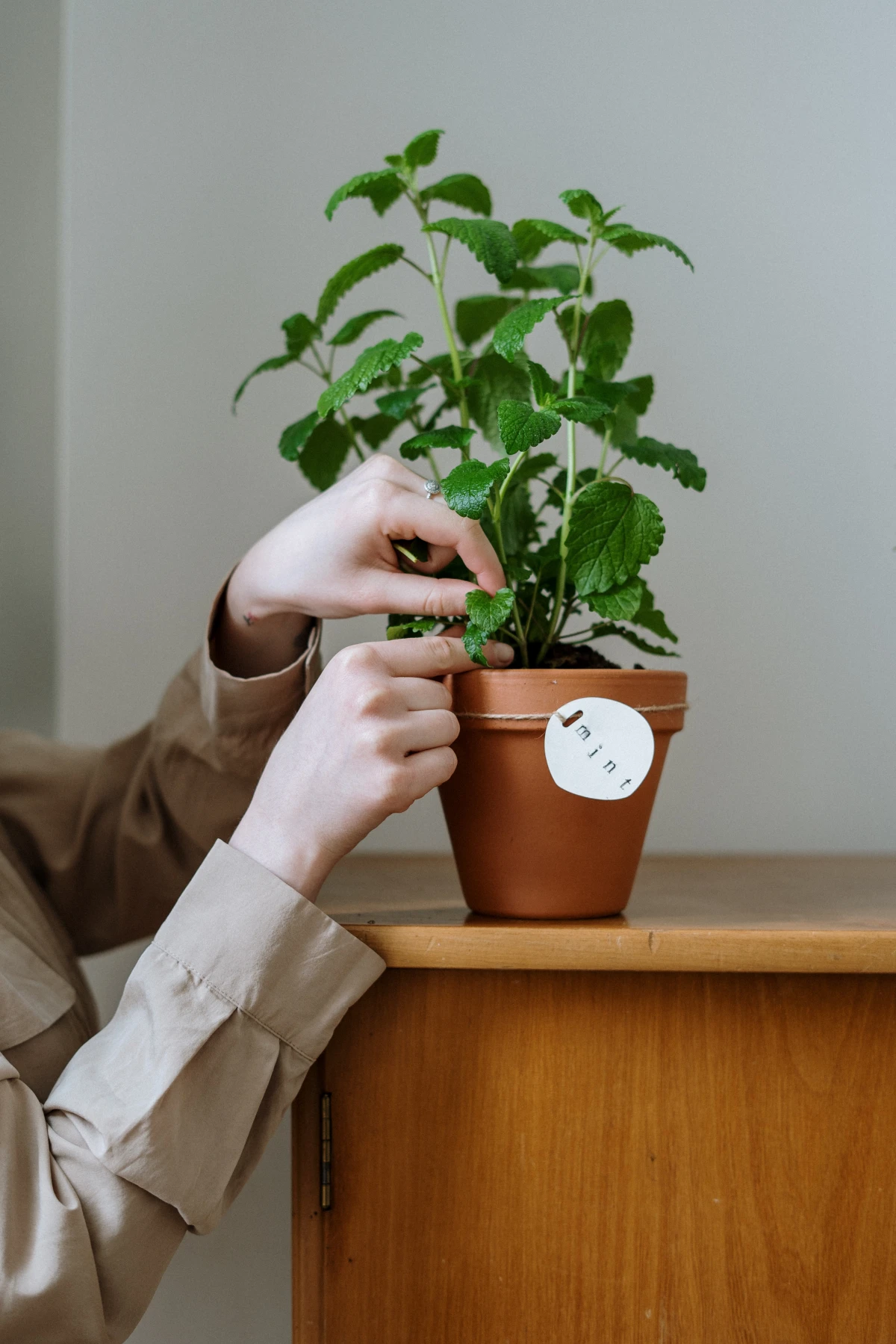
Some plants even go a step further, containing compounds that are actively toxic to insects—it’s their built-in defense system. Understanding this helps you create a strategic landscape, not just a pretty one.
Your First Line of Defense: The Foundational Herb Barrier
The easiest way to start is with hardworking culinary herbs. They’re often drought-tolerant, useful in the kitchen, and fantastic for creating defensive perimeters around patios, doorways, and garden beds.
A Beginner’s Shopping List: To get a simple patio barrier started, you don’t need to break the bank. Here’s a realistic starting point:
- Two 12-inch terracotta pots (around $10-$20 each)
- One bag of quality potting soil ($10-$15)
- Two starter mint plants (usually $4-$6 each)
For a total startup cost of around $40 to $60, you can have a functional and fragrant ant-repellent system up and running this weekend.
Mint (Mentha species)
Mint is famous for a reason—the menthol in its leaves is despised by ants. Peppermint and spearmint are especially effective. But here’s the most important tip I can give you: NEVER plant mint directly in the ground. I made this mistake once, early in my career, and spent three years pulling its aggressive runners out of a flower bed. It’s a garden thug. Always, always plant mint in containers. A 12-inch pot is a great size to give it room without it taking over your life.
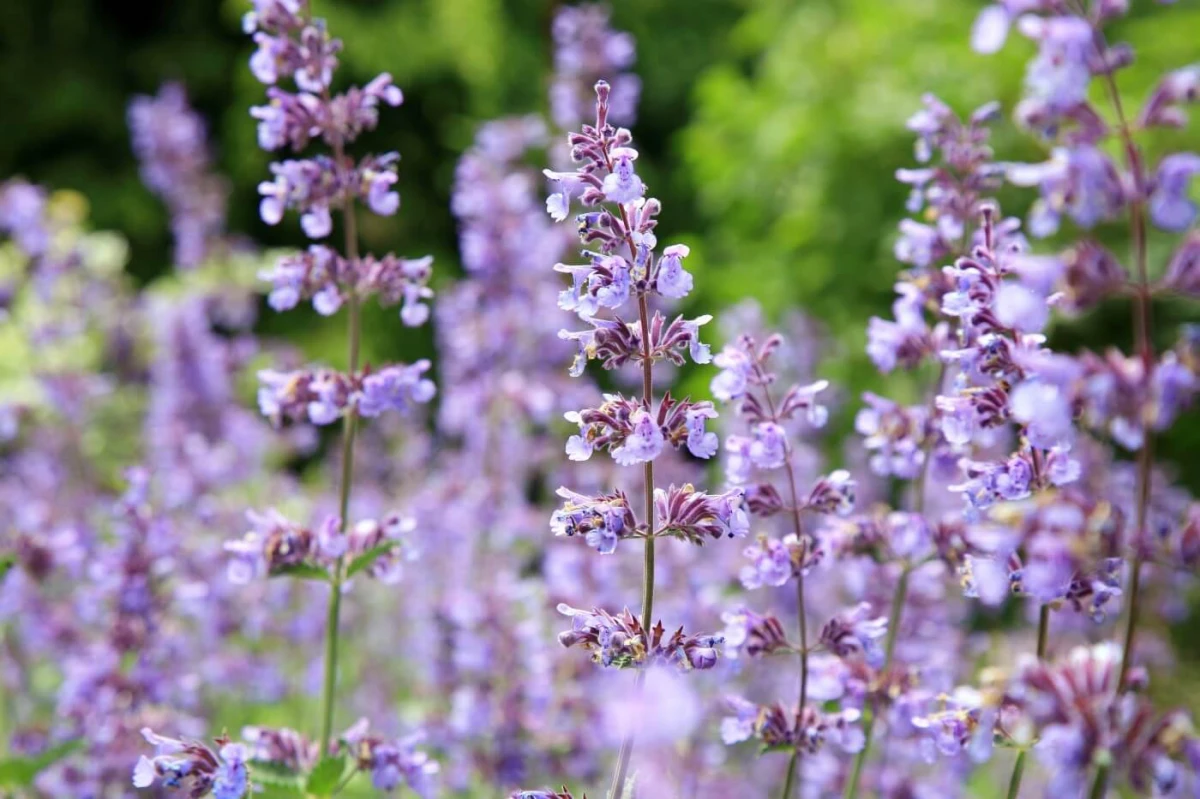
Rosemary (Salvia rosmarinus)
Rosemary’s piney scent is lovely to us but overwhelming for ants. It’s a woody, evergreen herb, which means it provides year-round protection once established. It’s perfect for protecting the foundation of your house, as it loves the full sun and dry soil often found there. For a dense hedge, look for hardy, upright varieties and plant them about 2-3 feet apart. Be patient, though; it can take a good two to three years for the plants to grow together and form a truly effective barrier.
Lavender (Lavandula angustifolia)
That classic, calming scent is offensive to ants, fleas, and even moths. I love using lavender to create low hedges along walkways. Every time you brush past it, it releases a puff of repellent fragrance. Oh yeah, a classic trick is to plant it near roses. Ants are often attracted to the aphids that plague rose bushes, and the lavender scent helps mask the roses, making it harder for the ants to find their little aphid farms. Quick tip: For the strongest scent, choose varieties known for high oil content. And good drainage is non-negotiable. If you have heavy clay soil, amend it with sand or plant in raised beds. I’ve seen more lavender die from wet feet than anything else.
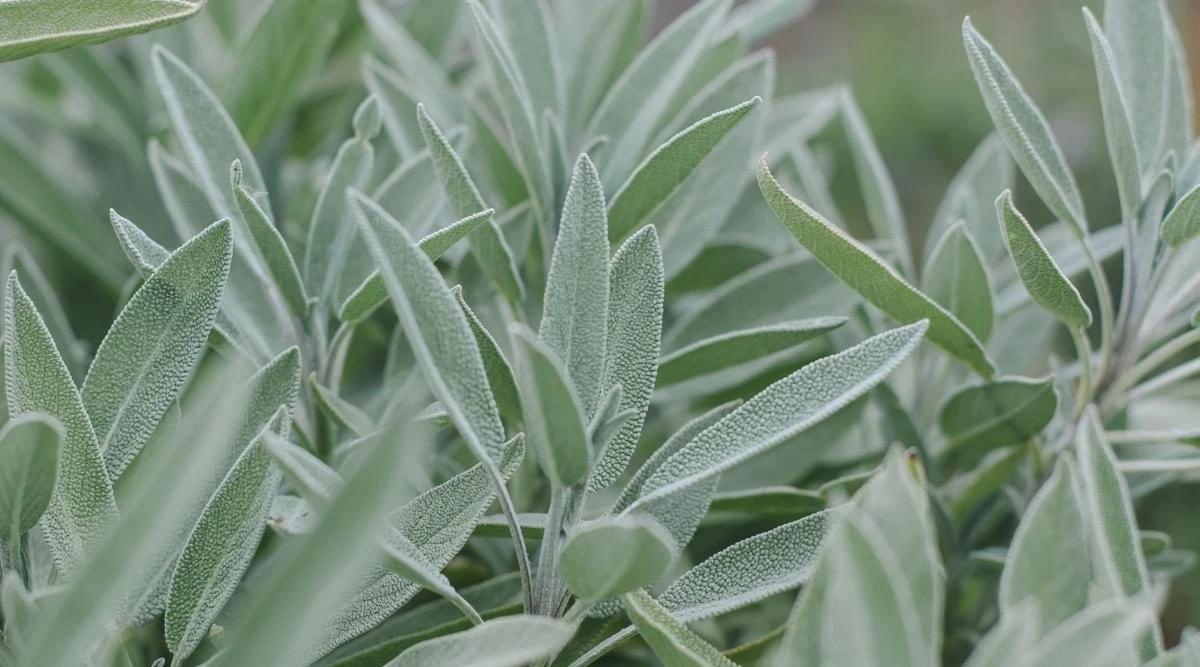
Sage (Salvia officinalis)
The dusty, savory scent of garden sage is another one that insects tend to avoid. It’s tough and drought-tolerant. Sage works wonderfully when planted in vegetable gardens, especially near plants like cabbage or broccoli. But think of sage as just one part of your defense system. I’ve seen determined ants cross a line of sage for a really good food source. It’s a layer of the fence, not the whole fence.
The Heavy Hitters: When You Need More Power
Sometimes, you need to bring in the big guns. These plants offer a more active, powerful effect for areas under serious threat.
Chrysanthemums (The pest-control kind)
This is probably the most potent insect-control plant you can grow. Certain species—specifically the one known scientifically as Tanacetum cinerariifolium—are the natural source of pyrethrins, which are not just repellents but actual contact insecticides. They work by attacking an insect’s nervous system.
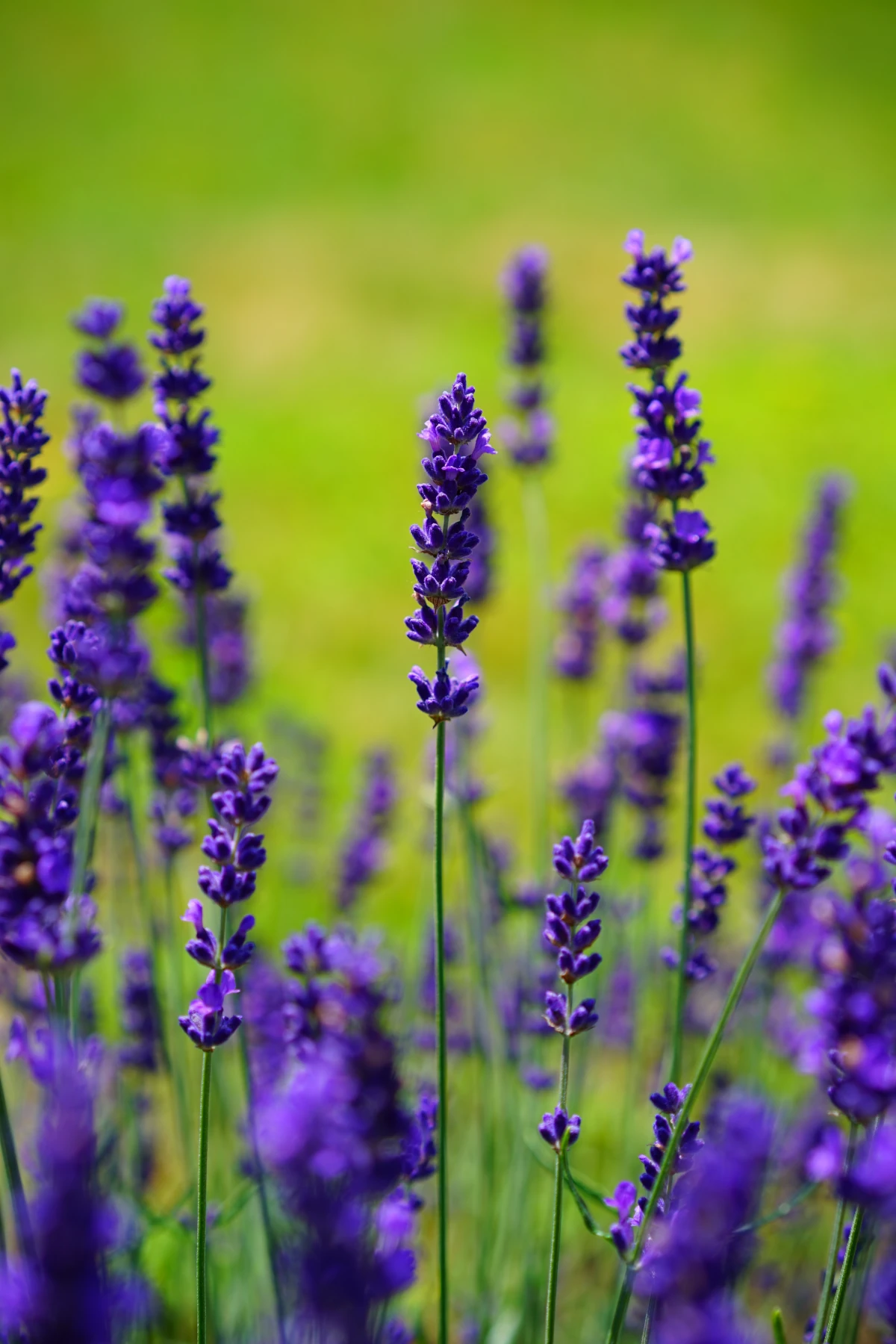
But a huge heads up! Natural does not mean harmless. This is my most important warning. Pyrethrins are toxic to ALL insects, including good guys like bees and ladybugs. They are also extremely toxic to fish and aquatic life, so never use them near ponds or streams. And this is critical for pet owners: pyrethrins can be highly toxic to cats, who can’t process them. If you have cats, I’d strongly advise against using pyrethrin products or planting these potent mums where a cat might chew on them.
Good to know: The colorful mums you buy at the garden center in the fall have very low levels of pyrethrins and won’t be effective. You’ll need to look for seeds or specialty plants online from suppliers that sell
Inspiration:
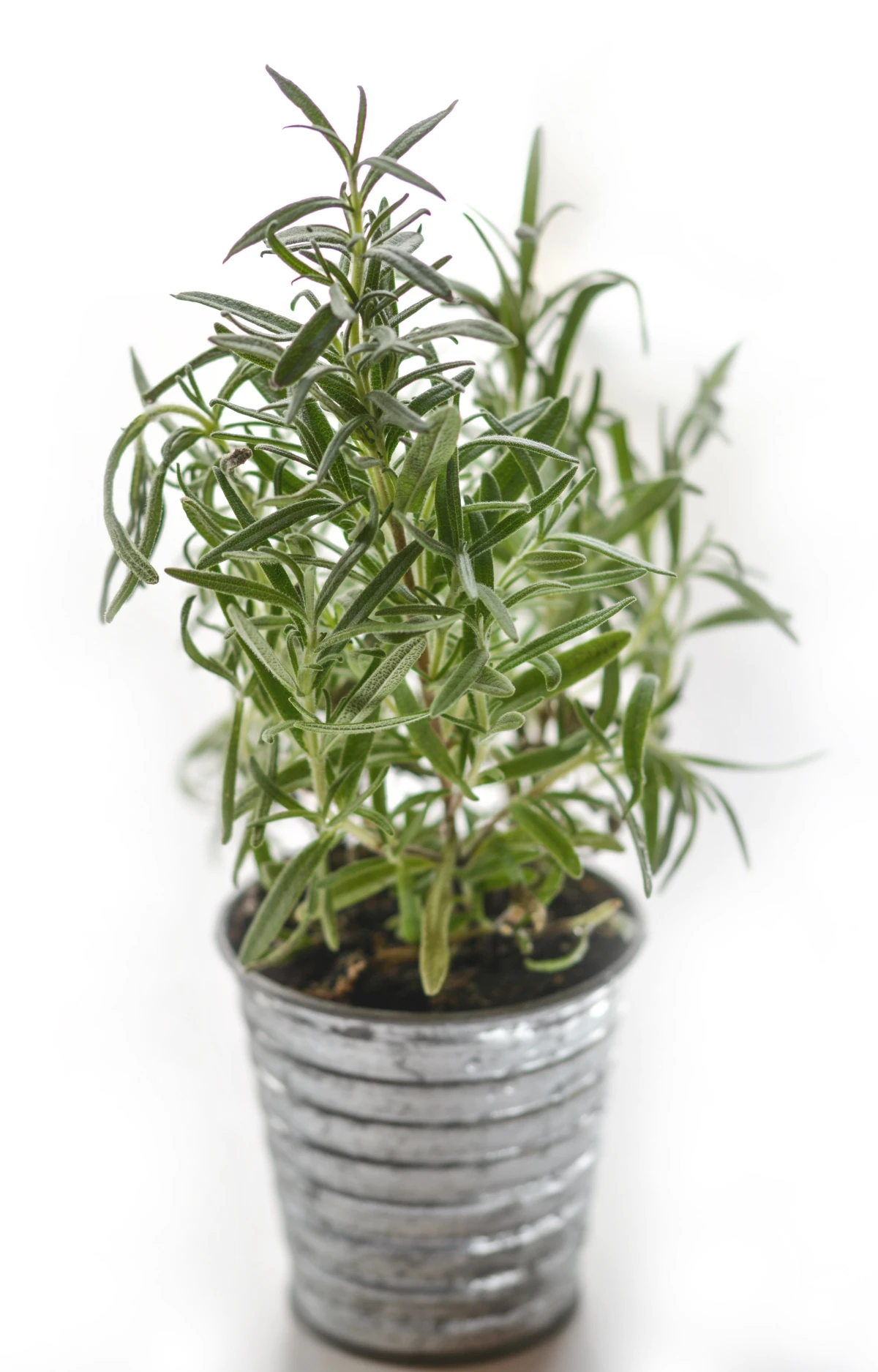
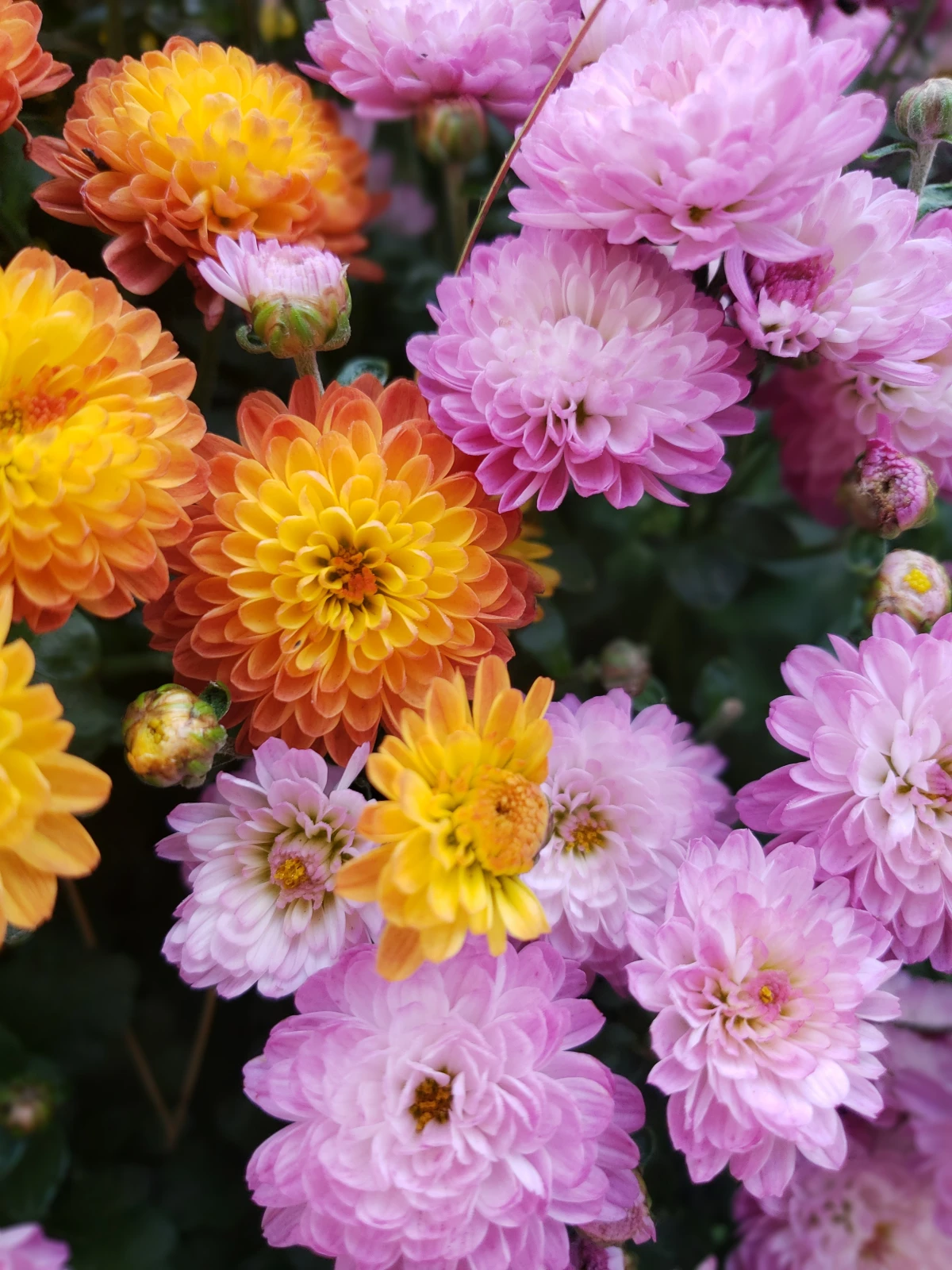
Planted a repellent herb garden but still finding ants swarming your prize-winning roses or hibiscus?
Look closer at the plant’s stems and new growth. You might be dealing with an aphid problem. Ants actively ‘farm’ aphids, protecting them from predators in exchange for the sweet, sugary substance they excrete, called honeydew. In this case, the ants are a symptom, not the root cause. To solve the problem, you need to get rid of the aphids. A gentle spray with a product like Safer Brand Insect Killing Soap or even a strong jet of water can dislodge them. Once their food source is gone, the ants will lose interest and move on.
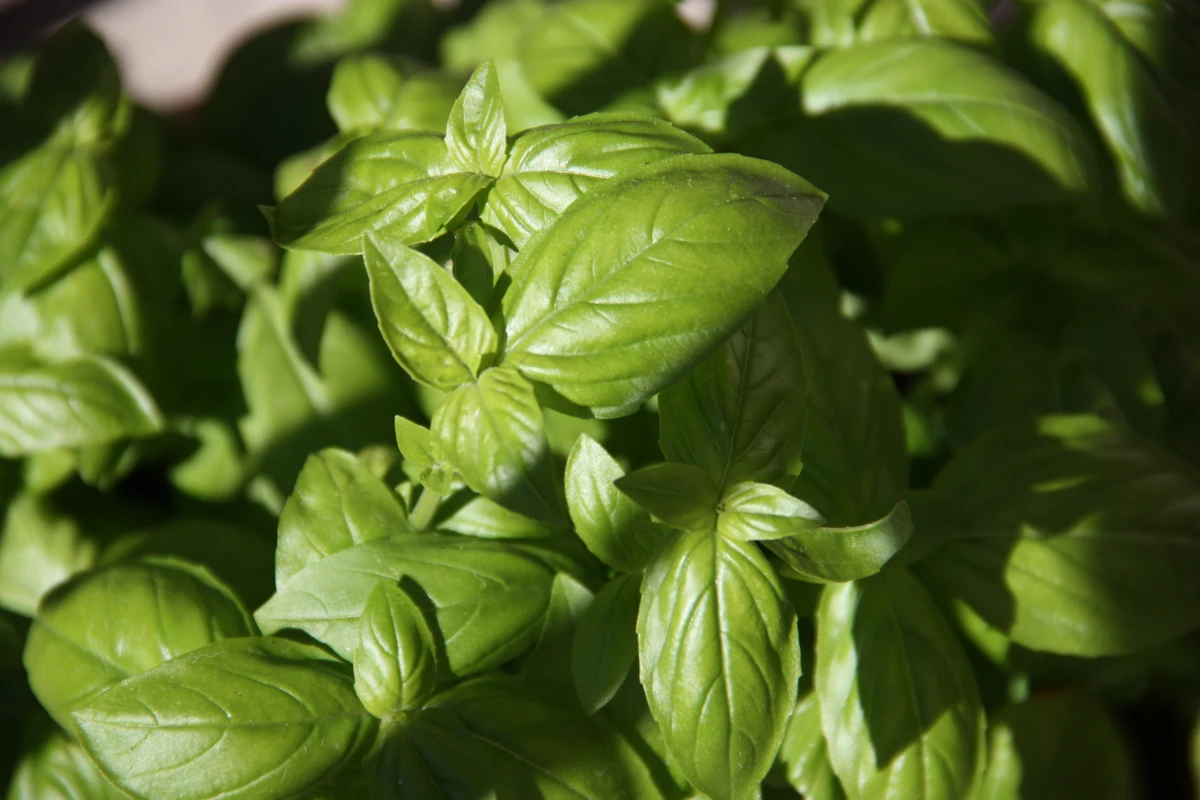
Ants communicate using chemical signals called pheromones to create trails leading to food.
Many repellent plants, like those in the mint family, produce potent volatile organic compounds (specifically menthol and pulegone) that overwhelm and mask these pheromone trails. It’s not that the smell is ‘bad’ to the ant; it’s that it creates so much sensory noise they can’t follow their own GPS, forcing them to find a clearer, less confusing path elsewhere.
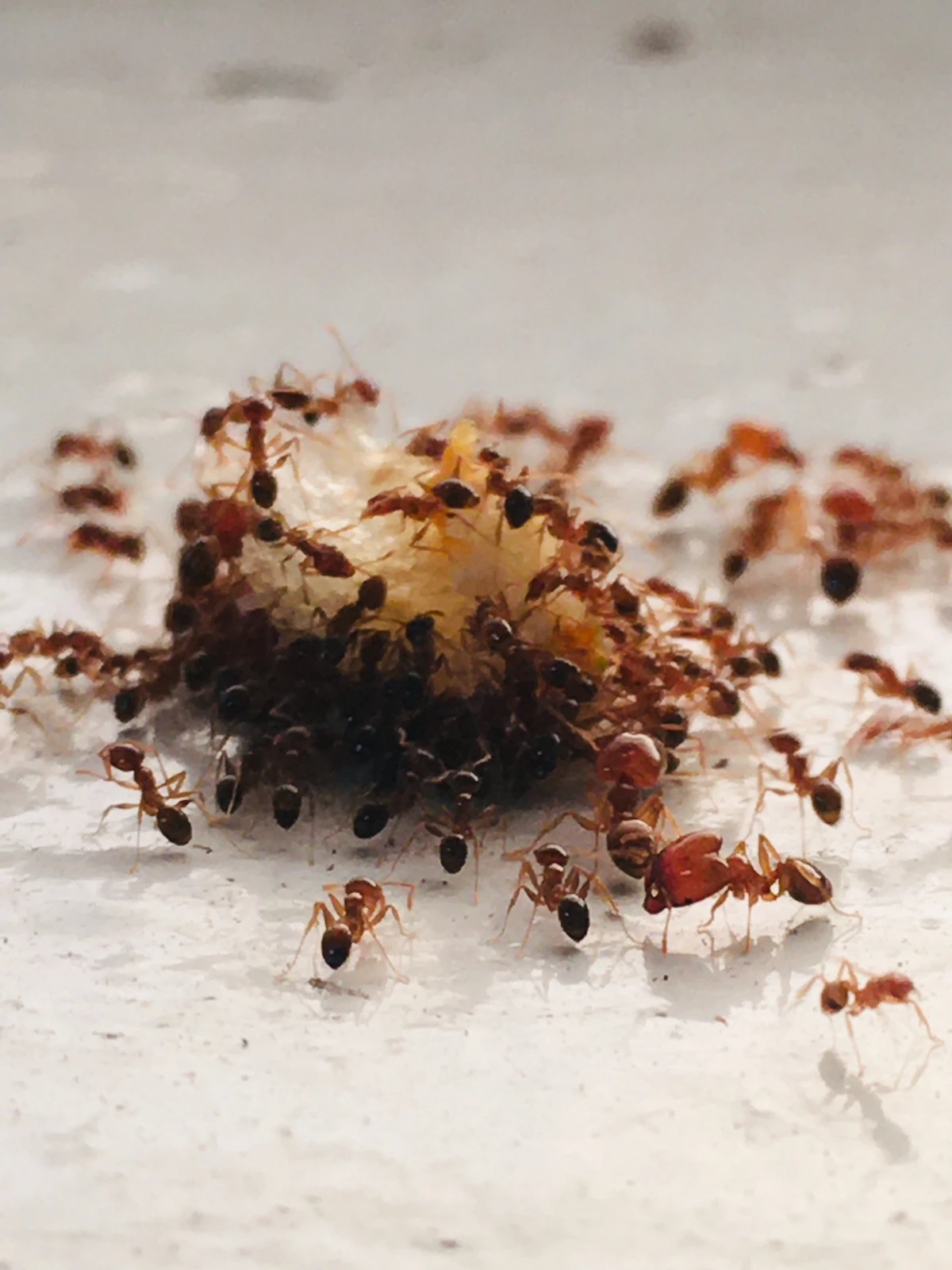
For a truly effective barrier, think like a strategist. It’s not just about having the right plants, but placing them where they’ll intercept ant scouts before they reach your home.
- Foundation Planting: Tuck aromatic herbs like rosemary or thyme right against your house’s foundation. The heat from the walls will intensify their scent.
- Entry Point Guardians: Place pots of mint or basil next to doorways and ground-floor windows.
- Patio Perimeter: Line the edges of your patio or deck with a border of chrysanthemums or lavender to create a fragrant
Lavender: A fantastic perennial choice for sunny balconies. Its woody stems and fragrant purple spikes offer year-round structure and scent. It’s drought-tolerant but demands excellent drainage—use a terracotta pot with a quality potting mix like Miracle-Gro Moisture Control.
Marigolds (Tagetes): An annual powerhouse that’s incredibly easy to grow from seed. Their pungent scent is a major deterrent. They thrive in full sun and are less fussy about soil, making them a perfect, low-cost option for a summer-long defense.










